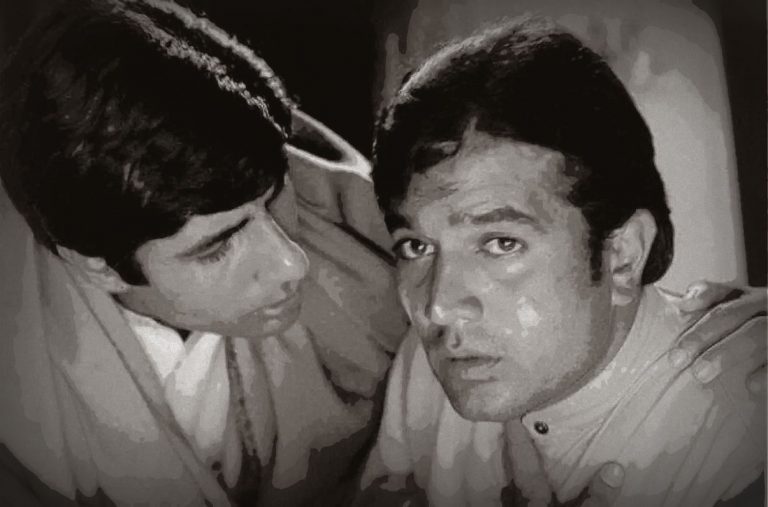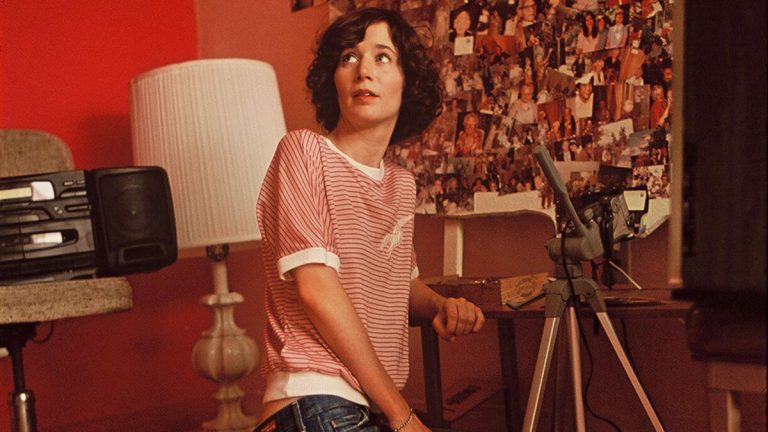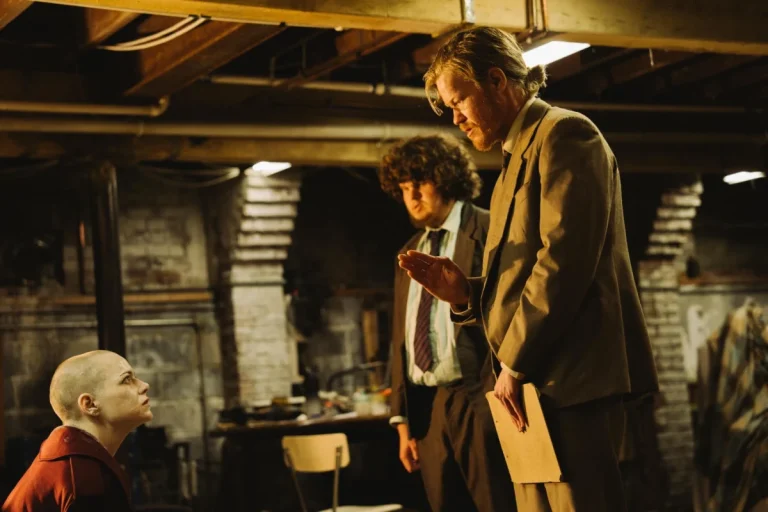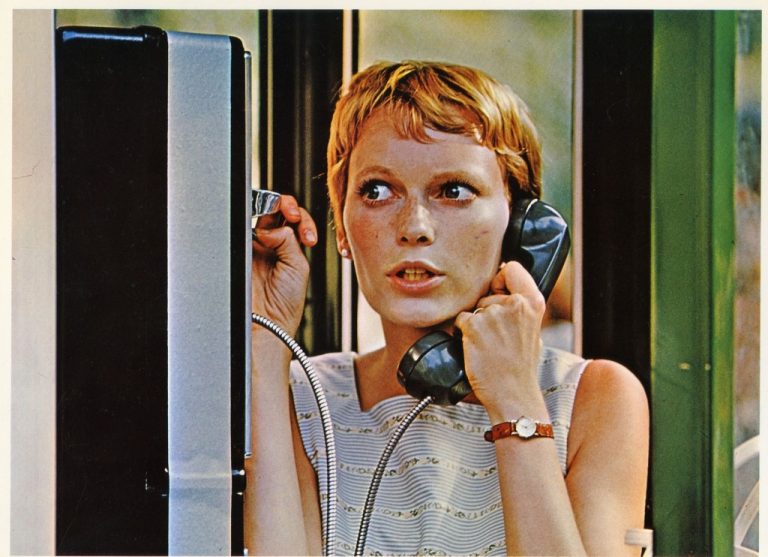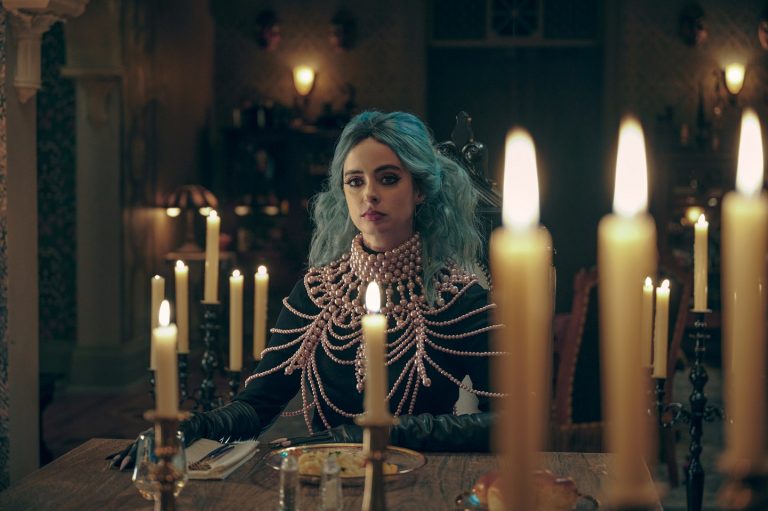As an outsider to the internal mechanisms of the Hindi film industry, one may not claim proximity, but it doesn’t take proximity to see what is blindingly apparent. Anyone with a novice’s curiosity knows that behind the shimmering façade of cinema lies an industry structurally engineered to hand women the short end of the stick. Behind the lens, where the spotlight does not reach, the exploitation is far more ruthless. This dynamic extends beyond professional evaluation into the realm of personal safety and dignity.
Fear of retaliation or blacklisting continues to silence many women in the film industry. Speaking out or withdrawing from dangerous and unfair situations is not simply an act of courage— it can mean being quietly removed from opportunities without explanation. There is a particular violence in being told your labour is replaceable while your silence is indispensable. Gatekeeping by powerful men is not an abstract issue; it is a daily, operational reality that controls access, funding, and visibility.
While actresses of Deepika’s stature face this more visibly, women working behind the scenes, too, endure more quietly but far more harshly. D, a cinematographer from Mumbai, recalls her earlier experiences, “I worked as a second AC on a regional film and was constantly sidelined. The gaffer would often hand out instructions only to the male assistants, even if I was standing right there. I was paid less than my male counterparts for the same hours and responsibilities because supposedly he’s been on more sets, even though I had more formal training”. One might look at the influx of women entering cinema as artists, technicians, and auteurs and assume that a positive shift in the dynamics is underway. But visibility is not safety. Inclusion is not equity. And the illusion of progressiveness is often the most effective smokescreen for continued injustice.
In the not-so-latest ripple of X (formerly Twitter) discourse, what should have remained a professional negotiation between Deepika Padukone and director Sandeep Reddy Vanga quickly unraveled into something extremely public. Reports suggested that Deepika Padukone had initially shown interest in the project, only to step away after placing very reasonable terms regarding working hours, base compensation, revisions in the Telugu language dialogues, and additional charges for exceeding committed days. In any professional field, such clauses and demands are industry standard and ensure that no exploitation happens. Through all assumptions, anonymous PR leaks, and backchannel noise, one truth remains constant: clarity should come from conversation, not spectacle.
Miscommunication between the parties and personal or creative differences are inevitable, but weaponizing them is not. Casting changes happen quietly, every day, often without headlines, and dignity lies in moving forward. A prior Shobhaa De article also empathised with Deepika quietly walking away from Bhansali’s dream project, “Baiju Bawra,” for similar reasons and receiving immense backlash. While a director has every right to set certain rules or follow a specific creative vision, there is no justification for Vanga’s public outburst targeting an actor over merely speculated story leaks. It reads not as a professional disappointment but as bruised ego, placing blame blindly and exposing Deepika to an army of incels who he knew would readily respond with profanity, vile edits, threats, and memes— as if punishment was owed for walking away.
More Related to Hindi Film Industry and Feminism: Feminism and its Eternal Affair with Film-making
It is disheartening that a filmmaker as technically skilled as Vanga has continued to funnel his fervour for filmmaking through narratives that repeatedly diminish women. When audiences continue to celebrate films where women are written as either backdrops or bruised objects and sold solely under the label of intensity or passion, the problem ceases to be isolated to the filmmaker. It becomes collective. What was more troubling was reading that Tripti Dimri, who was eventually cast, would be playing a role described, quite plainly, as the “hot doctor”. When such careless terminology passes through production, publicity, and public approval, and is still framed as one of the “best-written” female characters in the film, the standard reveals itself. What’s more disheartening is the applause— these films work and dominate box offices.
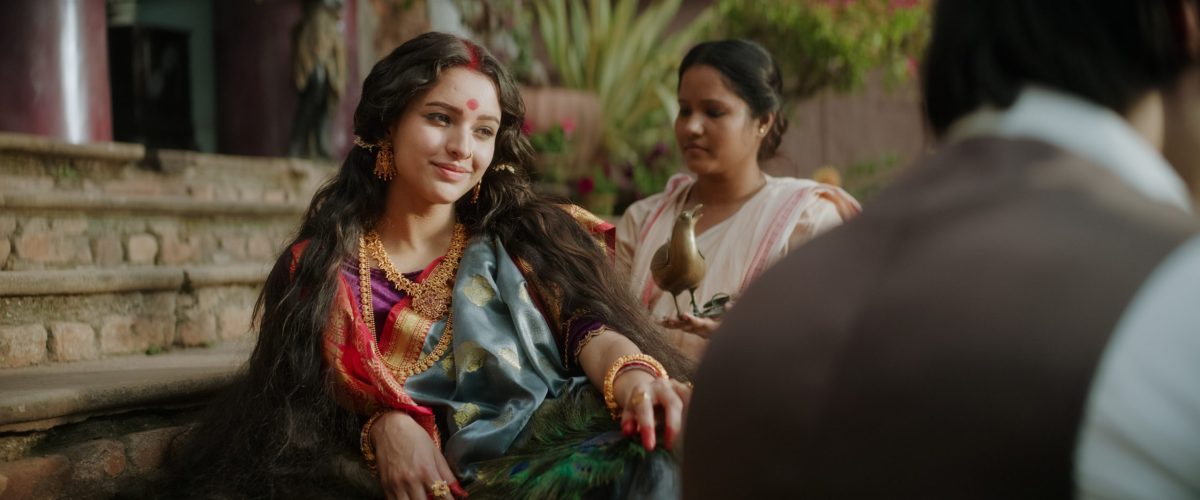
It is tempting to expect that those who benefit from public attention must also rise as torchbearers of justice. We often assign this moral labour to artists and actors, especially. We often blame actors for taking on these roles, scrutinising someone as headstrong as Deepika for even considering such projects. As an artist who also wants to earn, expecting her to serve as a feminist litmus test is reductive and unfair. In an ecosystem governed by hierarchies and reputational economies, the cost of refusal is rarely neutral. While someone like Deepika can still choose to opt out of projects, actresses like Tripti, who are still consolidating their space in mainstream consciousness, often cannot.
She debuted in 2018 and earned critical acclaim in films like “Bulbbul” (2020) and “Qala” (2022). But it was her fractional role in Vanga’s “Animal” (2023) that gave her a more visible boost in public consciousness. It wasn’t the quality of her performance that shaped her market— it was the quantity of the audience who suddenly recognised her. Her decision to join a film like “Spirit” seems informed not merely by artistic inclination but by a pragmatic reading of what the industry rewards. When Deepika Padukone asked for 20 crores, it was positioned as excessive, though Prabhas is apparently set to earn over five times that amount.
Tripti Dimri was later cast instead for four crores, and the move was praised as “cost-effective and a good trade-off for a younger actress”. But saving money by underpaying women is not clever— it’s exploitative. It’s really about what the industry believes women’s labour is worth. And an actor like Tripti cannot be condemned for navigating a terrain pre-designed to fail women. She is making decisions within the narrow band of options that promise longevity. Even if that means being subsumed into the visual and ideological grammar of a Vanga film. Because, after all, that’s what sells, right?
During an interview for “Talaash” (2012), Aamir Khan asserted that remuneration in the film industry is dictated not by gender but by market forces. Despite being partially true, this is the industry’s favourite deflection. In commercial cinema, especially Bollywood, star power is a composite currency— a result of established fan bases, older box office performances, and the audience’s cultivated perception of the actor. Yet, even this metric reveals only a fragment of the deeper structural inequities, as those variables are neither neutral nor consistent across gender lines. Budgets are pre-engineered around male leads, with the assumption that they are the default carriers of a film.
Meaning, the starting point for most women, regardless of stature, is already lower. Even women A-listers with equal or greater audience pull and cultural resonance are routinely paid less, granted fewer accommodations, and expected to comply quietly, without resistance. Contrastingly, a male star’s single hit cements his bankability, allowing him to negotiate from a position of strength with profit shares, creative control, and marketing influence even after delivering commercial failures. However, actresses, regardless of their box office successes, are expected to continually prove their worth through impossible standards set for them physically, mentally & professionally. “Market value” is less a metric than a mechanism— strategically invoked to defend a power structure that favours male stars while systematically denying women the same benefit of the doubt.
We are living through a curious phase of cultural inertia, where the creative output of the film industry appears dictated less by vision and more by risk aversion. Bollywood, once animated by stylised boldness or narrative ambition, now enables a disquieting rush of biopics, remakes, and sterile historical re-interpretations, many of which peddle a deliberate and regressive ideological line. This is not a creative ecosystem; it is a conveyor belt entertainment formula. Content is churned out not with intention, but in the hope that something, anything, sticks.
That writing rooms are underpaid is both a symptom and a cause. The medium is being treated less like a cultural text and more like a scrollable feed. Assistant Director & Screenwriter A, from her initial days in Delhi, recalls, “Women writers, especially interns like me, were treated terribly when we actually tried to contribute. If we pitched or wrote anything, it was ignored. It wasn’t about merit, it was about who could best keep up with the boys’ club and their brand of “humour”, and unfortunately, to have any power in that space, you needed to be a man, and the kind who laughed at sexist punchlines”.
Recent analyses by journalist Justin Rao for “The Hollywood Reporter India” sharply illuminate the industry’s systemic malaise, particularly through an article foregrounding anonymous statements from insiders. Even more telling is the gatekeeping machinery of the industry: celebrity dynasts are cushioned despite consecutive failures, while regional actors and female leads remain under-resourced, under-promoted, and over-scrutinized. Decision makers cling to denial, believing time alone will heal deep-rooted issues without real change. Financially secure gatekeepers, far less willing to take risks than the artists they govern, stifle progress.
More Read: Why Women Centric Films in Hindi Cinema are not Necessarily Feminist Films?
To speak only of privileged actors is to sidestep the larger, bleaker landscape where underpaid screenwriters, crew members, and aspiring artists are folded into systems that reward extraction and romanticise struggle. An actor based in Mumbai— S, also mentions the constant humiliation she and other actors have to go through, “Production houses don’t release actors’ payments. Actors can’t do much because everything’s on WhatsApp, nothing’s legal, and going to court needs money. They’re also afraid that taking action might spoil their image or future work chances. There are thousands of actors, few jobs, and most roles go to those with connections or friends in the casting team”.
Pages like screenwriter Balram Vishwakarma’s Andheri West Shitposting through a series of posts shared on 9th April & 13th April bear witness to people who move Mumbai not just with dreams, but with the willingness to make whatever sacrifices necessary. What greets them instead is a workforce culture anchored in impossible deadlines, laughable pay, and the erasure of basic rights. The minimal pay offered is often accepted not out of choice but out of necessity. There is always someone more vulnerable, someone compelled by rent and groceries who cannot afford the luxury of refusal. In this hierarchy of desperation, declining substandard remuneration is not a viable option but a privilege reserved for those few who possess financial security.
The paradox is brutal: living in suffocating quarters shared with three others, investing significant resources, yet receiving scant recognition or reward for surviving another week of “passion”. Actor S explains, “Most actors live a significant part of their lives crammed in some dingy apartment which lacks basic amenities and space. One can barely make enough to pay rent despite working multiple jobs because asking money from family is embarrassing”. Such conditions do not merely tax the body but erode the very zeal that once kindled good filmmaking. This erosion of joy from filmmaking is not incidental; it reflects a cultural devaluation of creative labour itself.
The fact that Indian filmmakers, particularly women like Payal Kapadia, Shuchi Talati, and Rima Das, have carved a space for India on the global stage is not a minor triumph. It is a testament to the vision sustained despite systemic erasure. Their work exists not because the system enabled it, but often in spite of it. And that distinction matters. The film industry is not a neutral canvas. The rhetoric that “women don’t draw box office” is still carelessly thrown around, while simultaneously setting them up to fail— weak scripts, unviable release windows, and near-invisible marketing cycles ensure their invisibility before they even arrive.
The irony deepens when women in film attempt to dissociate from the identity of being a ‘woman filmmaker’ to simply a filmmaker. As admirable as that aspiration may be, it rings hollow and far from the reality of the majority. To claim so is also a luxury afforded only to those few whose gender has never been the reason they were overlooked. And so, to expect public figures to be feminist icons when the terrain itself is hostile to feminism is not only unrealistic— it is, in some ways, a re-enactment of the very inequality we hope they’ll address.
The problem has never been the presence of women. It is the absence of institutional trust in their storytelling. The industry’s insistence on treating female-led films as “risks” is not rooted in data but in a persistent deficit of imagination. What fails isn’t women, it’s lazy writing, uninspired greenlighting, and the refusal to fund complexity. The discourse around women being difficult in the industry must move beyond facile stereotypes and confront these realities head-on. Acknowledging the unequal terrain is the first step toward fostering an environment where professionalism is measured by merit, not gendered expectations, and where safety and respect are non-negotiable. Only then can the industry aspire to be a space of genuine equity rather than a perpetuation of historical inequities cloaked in performance.






